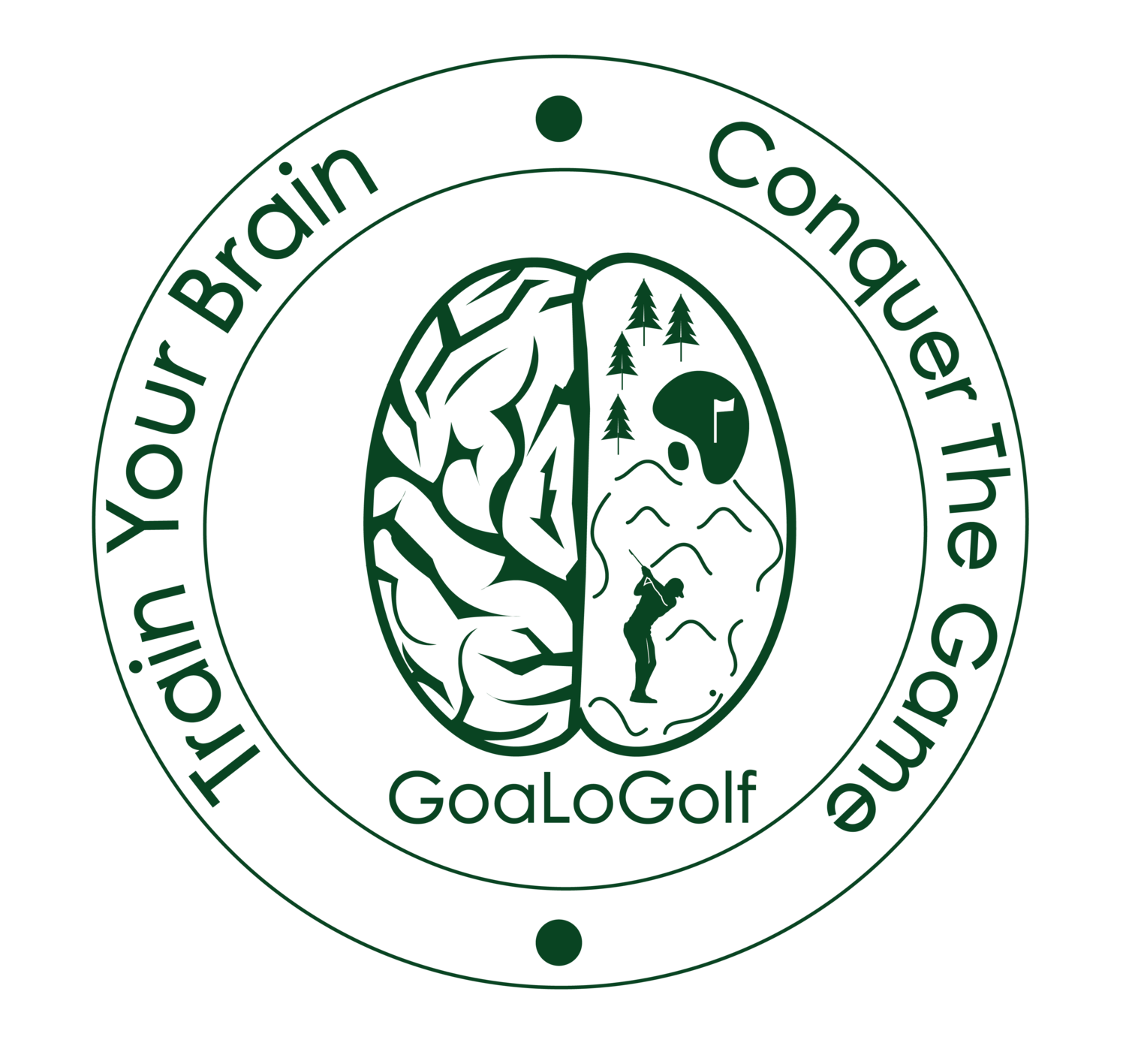In order to improve your golf game, there has to be a certain honesty of how you are actually playing. Real data rather than wishful thinking goes a long way in the appropriate analytic breakdown of the strengths and weaknesses of your game. Numerous modalities have come online in recent years to help drive an honest vision of how good one's golf game truly is.
Too often I hear from golfers a disinterest in knowing the exact data about their round. Sometimes the dismissal is thinly guised fear. Functionality like Arccos which tracks every shot taken effortlessly with the inclusion of bluetooth sensors in the butt-end of the club makes it very easy to gain a visual representation of the round. While it is true there are no pictures on scorecards, Arccos brings a picture and distance data to your round in a very real raw and disturbing way. This may be the reason there is not wide adoption of the technology. At $249 it represents less than an hour's lesson with a top 50 professional and would easily provide feedback that could improve one's game more than the investment in the lesson. However people are unfortunately happy in their delusions. They want to believe an expert out there can bring better information about their game than actually looking deep into their own game. A technology like Arccos (or its rival Gamegolf) brings a level of analysis providing handicapping to the various aspects of the game (driving, putting, short game and approach shots) allowing you to quickly see what aspect of your game requires the most work.
Those duffers who are picking up after blown sand shots or raking putts back across the green before they've holed out, or hitting that mulligan off the tee are holding themselves back from a better game. An unrelenting honesty can bring the golfer that "Come to Jesus" moment where it is evident that a part of his game needs dire work.
This of course is when the real work begins. The training of the neural networks to perform the intricacies of a driver shot, short game feel and target oriented iron approaches require real dedication and consistent practice that mimics the game itself. Without the honest data this work is set aside as not important. Without the honest data a golfer goes out to the putting green with three balls in hand and no real plan of training other than to attempt putts of various lengths and repeat the same putt 3 times with the idea that the learning that occurs over 3 balls somehow translates to the course when you have one attempt only to convert a putt. As a first pass to the novice this approach can give some level of improvement, but the golfer who has stagnated won't realize the 3 ball approach no longer has merit without further data. Even as recently as the 2017 PGA Championship, I witnessed pro golfers (who shall remain nameless) that were employing a 3-ball putting practice without clear direction of what they were trying to accomplish with the other 2 balls. The average professional putter by definition gains zero strokes putting. The average pro putter does not hoist championship trophies. The guys who lock into another level of putting rise to the top of leaderboards and this flow lock can be ephemeral.
Clarity in focus helps these neural networks get trained more quickly. Concerted sessions dedicated to short game coupled with visualization off the course and balance work in the gym can form a program of game improvement that yields measurable results.
Strokes gained putting, in the short game, with irons and driving can all be deduced from these data rich systems. When you see where your strokes are being lost, there is but one choice... Tackle the aspect of the game that is losing you the most strokes head on with intention and focus. The methods you use to improve that aspect must involve a combination of on course work, range work, lateral neural circuit training (more on this later) and muscular endurance and conditioning work. The biggest bang for your buck arrives when you take this comprehensive and "cross-training" approach.
Since I have a personal preference for short game improvement work overall (and most golfers can benefit greatly from this work) I will provide a more concrete example of what I mean within this context. Hitting 36 shots from a spot around a practice green dedicated to chipping that does not roll like an actual green is a waste of the 15 minutes it takes to do so. Hitting two extra chips after holing out during a practice round, one from the back of the green aimed at stopping a ball just at the front of it and one from the front of the green aimed to stop a ball at the back center on the other hand carries immense value. While it will delay your round by about 15 minutes (and really 0 minutes if done right when you pick your opportunities to execute when others aren't affected) you will have gained invaluable neural circuit training to couple with the chipping practice that trains the brain's GPS with more data from each hole for better target acquisition, cerebellum for adjustment of distance control, sensory smart grid for green reading after the ball lands and rolls and motor cortex for execution of the club mechanics to pull off the required ball flight.
When you can, practice with only one ball, taking the time to observe the full outcome of the shot that was executed (good or bad) and internalize a likely correction or reinforce how a well-executed shot felt in the body. A simple approach like this will result in improved short game handicaps in minimal time.
